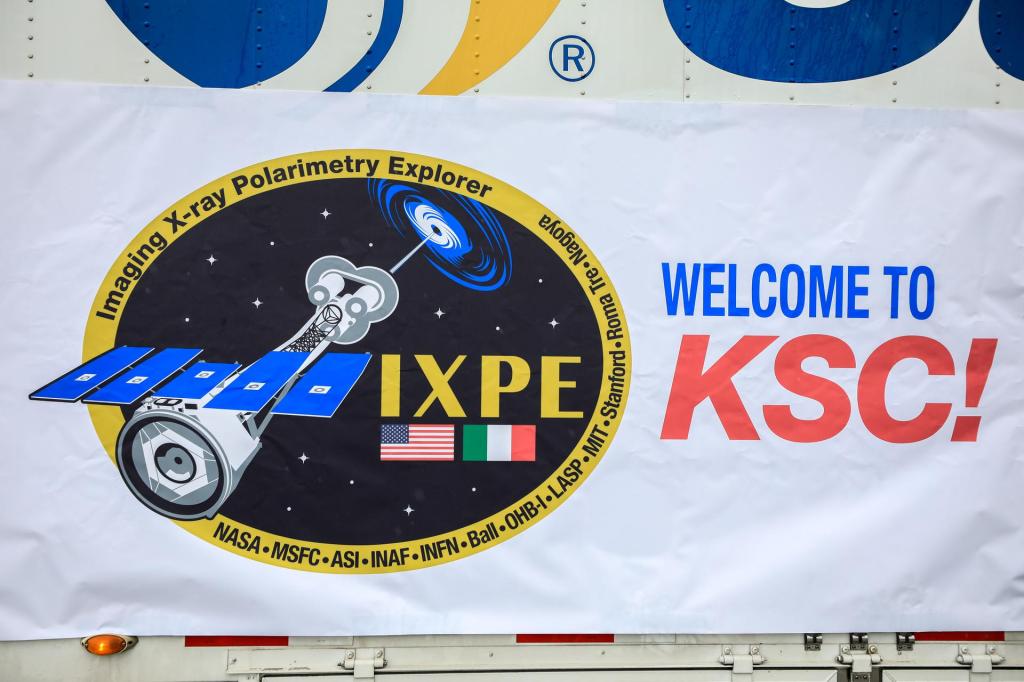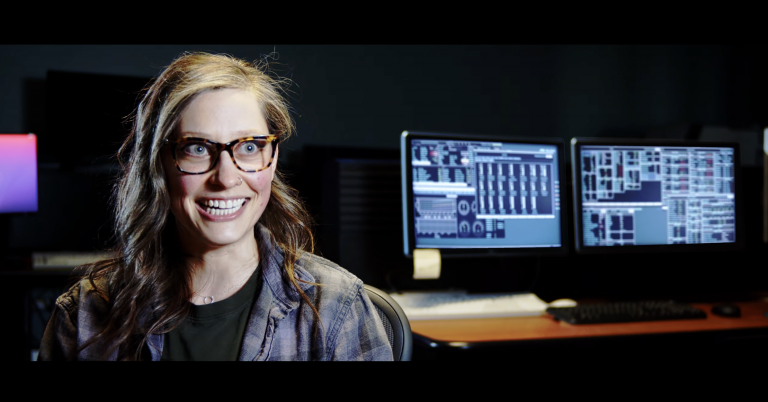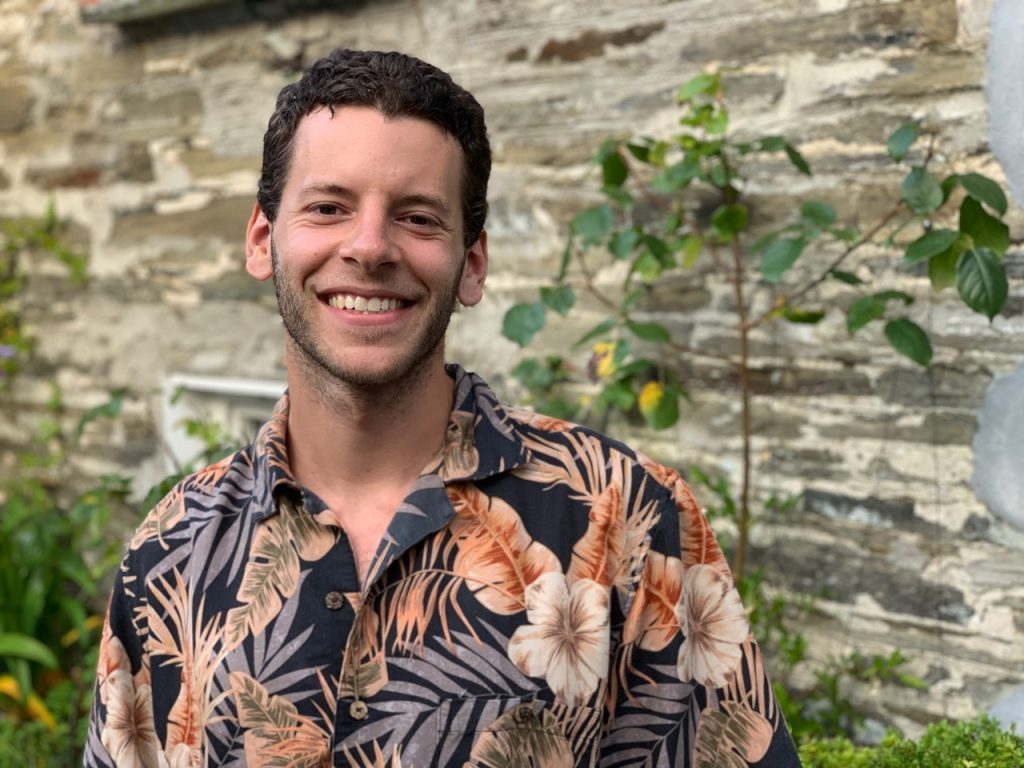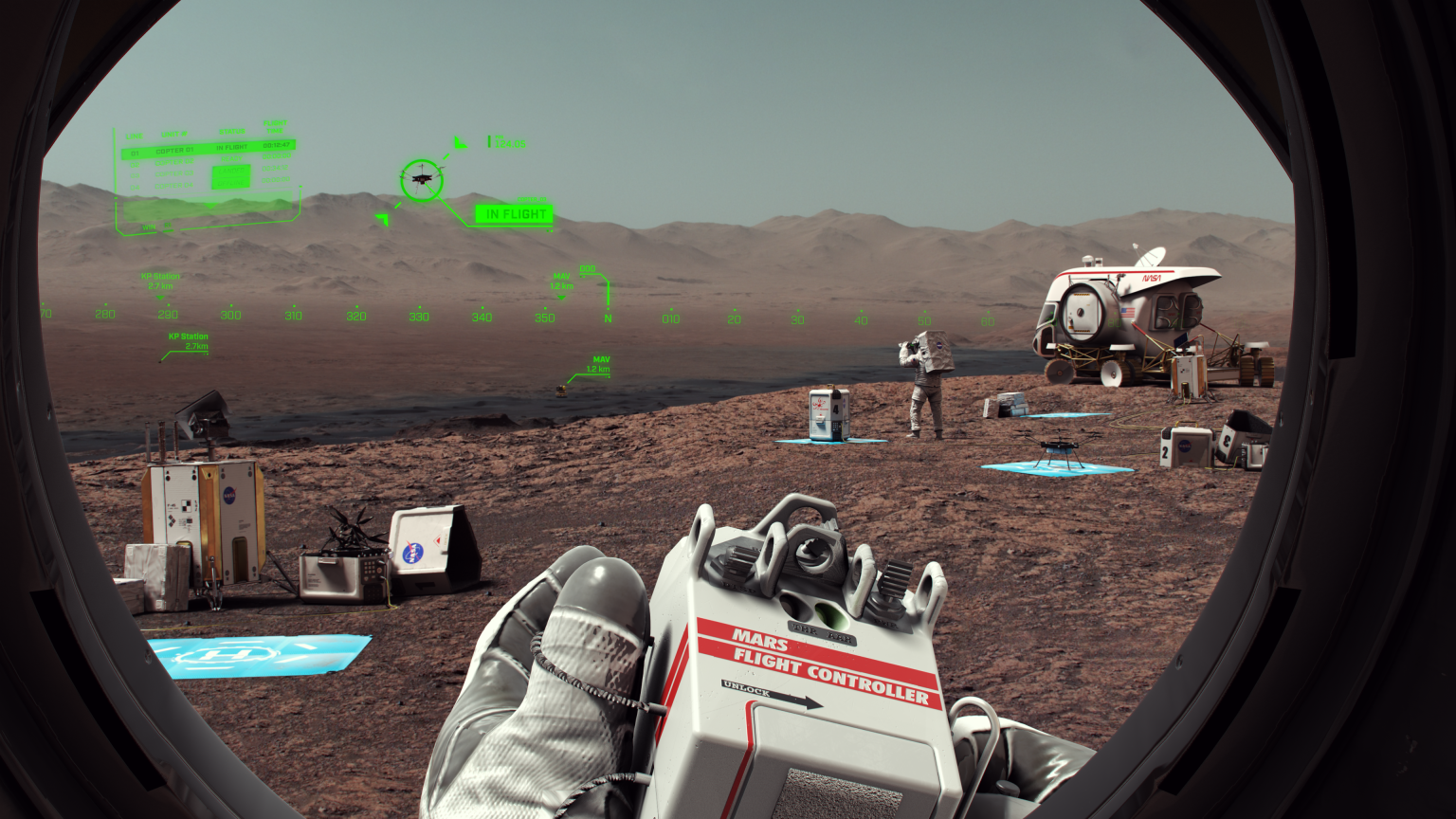NASA’s Imaging X-ray Polarimetry Explorer, or IXPE, is a space observatory built to discover the secrets of some of the most extreme objects in the universe – the remnants of supernova explosions, powerful particle streams spit out by feeding black holes, and more.
IXPE is NASA’s first mission to study the polarization of X-rays from many different types of celestial objects. Measuring the polarization of X-rays traces the story of where this light came from, including the geometry and inner workings of its source.
IXPE launched Dec. 9 on a Falcon 9 rocket from NASA’s Kennedy Space Center in Florida.
Media Resources
Reporters with questions or interview requests related to NASA’s Imaging X-ray Polarimetry Explorer may contact:
Corinne Beckinger
Marshall Space Flight Center, Huntsville, Ala.
256.544.0034
Elizabeth Landau
NASA Headquarters, Washington
202-358-0845
IXPE Fact Sheet
The Imaging X-ray Polarimetry Explorer, or IXPE, is a new and unique space observatory for X-ray astronomy.
Learn More
Science of IXPE
X-rays are a form of high-energy light. They originate from places where matter is under extreme conditions – violent collisions, enormous explosions, 10-million-degree temperatures, fast rotations, and strong magnetic fields. They carry detailed information about the powerful phenomena that produce them. But Earth’s atmosphere blocks cosmic X-rays from reaching the ground, so they can only be collected by telescopes in space.
Polarized light carries unique details about where the light comes from and what it passes through. Light is made up of interconnected waves of electric and magnetic fields that interact with each other in a way that makes them oscillate, or vibrate, at right angles to the path the light is traveling. The vibrations can be up-and-down, side-to-side, or anywhere between. Polarized light is made up of electric fields that vibrate in just one direction.
Light from a typical bulb, for example, produces electric fields that vibrate every which way. If the light is scattered or reflected by particles or surfaces, the light can become polarized – with vibrations aligned in just one direction.
IXPE builds on the discoveries of NASA’s Chandra X-ray Observatory and other space telescopes by measuring the amount and direction of polarization of X-ray light. IXPE’s polarization measurements will help scientists answer questions such as:
- How do black holes spin?
- Was the black hole at center of the Milky Way actively feeding on surrounding material in the past?
- How do pulsars shine so brightly in X-rays?
- What powers the jets of energetic particles that are ejected from the region around the supermassive black holes at the centers of galaxies?
IXPE will also serve as a unique tool to study the laws of nature in extreme conditions that we cannot recreate in a laboratory on Earth. IXPE’s polarization measurements might even hold clues to longstanding questions about the rules that govern high-energy physics on both a large scale and a very small, or quantum, scale.
IXPE Observatory
IXPE carries three identical telescopes. Each telescope includes a set of cylindrical mirrors, or optics, and a sensitive detector. The mirrors collect X-rays from celestial objects and focus them onto the detectors, which make an image of the incoming X-rays and measure the polarization. All three mirror sets are separated from their corresponding detectors by a deployable 12-foot (3.7-meter) boom.
Soon after launching, IXPE will deploy its solar arrays and begin commissioning of the spacecraft. After about a week, IXPE will extend its boom. About a month after launch, IXPE will be ready to begin its two-year science mission. IXPE’s “first-light” target will be the supernova remnant Cassiopeia A, which was also Chandra’s first-light observation. IXPE will study approximately 40 celestial objects during its first year in space, with more detailed follow-up observations during the second year.
Meet the IXPE Team
IXPE is an international collaboration between NASA and the Italian Space Agency. Hundreds of engineers and scientists from more than 12 countries worked together to make IXPE a reality. The mission is led by principal investigator is Dr. Martin C. Weisskopf at NASA’s Marshall Space Flight Center. Ball Aerospace is the main industry partner.
Meet the IXPE Team: Kelley Jones-McDowall

Meet the IXPE Team: Brett D. Perkins

Meet The IXPE Team: Dimitrios Mitsakos

Meet the IXPE Team: Jessica Curry


From Art to Space: Meet IXPE Flight Controller Kacie Davis

IXPE Mission Team Profile: The Laboratory for Atmospheric and Space Physics University of Colorado-Boulder






































